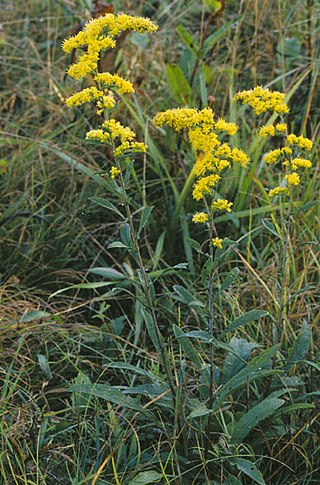
Goldenrod is a common name for many species of flowering plants in the sunflower family, Asteraceae, commonly in reference to the genus Solidago.
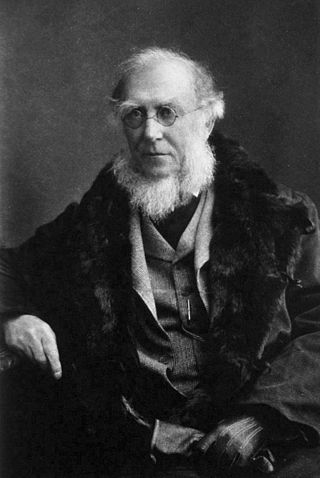
Sir Joseph Dalton Hooker was a British botanist and explorer in the 19th century. He was a founder of geographical botany and Charles Darwin's closest friend. For 20 years he served as director of the Royal Botanical Gardens, Kew, succeeding his father, William Jackson Hooker, and was awarded the highest honours of British science.

Friedrich Martin Josef Welwitsch was an Austrian explorer and botanist who in Angola was the first European to describe the plant Welwitschia mirabilis. His report received wide attention among the botanists and general public, comparable only to the discovery of two other plants in the 19th century, namely Victoria amazonica and Rafflesia arnoldii.

Lactuca, commonly known as lettuce, is a genus of flowering plants in the family Asteraceae. The genus includes at least 50 species, distributed worldwide, but mainly in temperate Eurasia.

Agrostis is a large and very nearly cosmopolitan genus of plants in the grass family, found in nearly all the countries in the world. It has been bred as a GMO creeping bent grass.
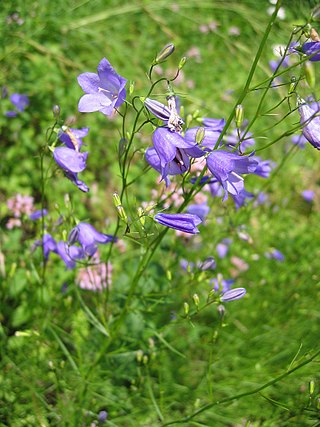
Campanula rotundifolia, the common harebell, Scottish bluebell, or bluebell of Scotland, is a species of flowering plant in the bellflower family Campanulaceae. This herbaceous perennial is found throughout the temperate regions of the northern hemisphere. In Scotland, it is often known simply as bluebell. It is the floral emblem of Sweden where it is known as small bluebell. It produces its violet-blue, bell-shaped flowers in late summer and autumn.
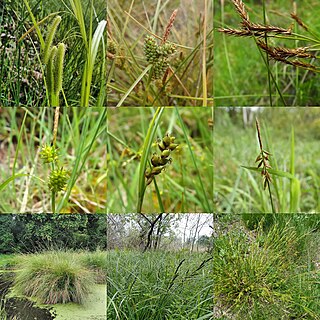
Carex is a vast genus of over 2,000 species of grass-like plants in the family Cyperaceae, commonly known as sedges. Other members of the family Cyperaceae are also called sedges, however those of genus Carex may be called true sedges, and it is the most species-rich genus in the family. The study of Carex is known as caricology.

Nancy Tyson Burbidge was an Australian systemic botanist, conservationist and herbarium curator.

Bewsia is a genus of African plants in the grass family. The only known species is Bewsia biflora, widespread across much of sub-Saharan Africa from Ivory Coast to Tanzania to KwaZulu-Natal.

Cladoraphis is a genus of African plants in the grass family, native to southern Africa. Its phylogenetic position within the subfamily has not yet been resolved.
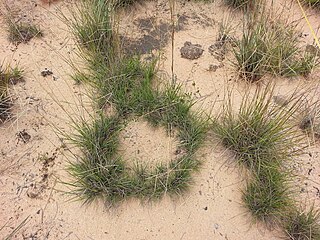
Craspedorhachis is a genus of African plants in the grass family.
Adolph Daniel Edward Elmer was an American botanist and plant collector. He was mostly active in the Philippines, his collections being described as new species by both himself and other botanists. The Japanese sent him into Santo Tomas Internment Camp during the Philippines campaign and he died there.
Oryzidium is a genus of African plants in the grass family.
Entoplocamia is a genus of African plants in the grass family. The only known species is Entoplocamia aristulata, native to Angola and Namibia.
Megaloprotachne is a genus of African plants in the grass family. The only known species is Megaloprotachne albescens, native to Angola, Zambia, Zimbabwe, Botswana, Namibia, and South Africa
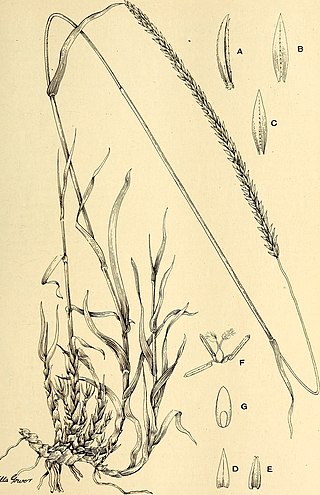
Mosdenia is a genus of African plants in the grass family. The only known species is Mosdenia leptostachys, native to Angola and Limpopo.
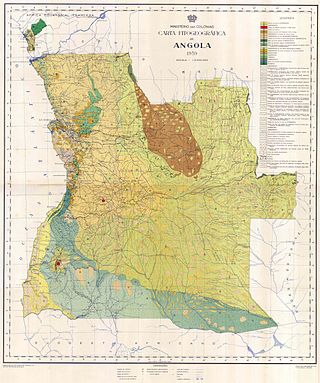
Johannes Gossweiler aka John Gossweiler or João Gossweiler, was state botanist to the Government of Angola from 1899 until his death. He made important collections in every district of Angola and created the first phytogeographic map of that country. His collections of African plant specimens were sent regularly to Lisbon, the British Museum, the Royal Botanic Gardens, Kew, and the University of Coimbra. Duplicates were also kept at the Herbarium of the Instituto de Investigação Agronómica in Angola. Today, many herbaria contain specimens he collected.

The Flora Antarctica, or formally and correctly The Botany of the Antarctic Voyage of H.M. Discovery Ships Erebus and Terror in the years 1839–1843, under the Command of Captain Sir James Clark Ross, is a description of the many plants discovered on the Ross expedition, which visited islands off the coast of the Antarctic continent, with a summary of the expedition itself, written by the British botanist Joseph Dalton Hooker and published in parts between 1844 and 1859 by Reeve Brothers in London. Hooker sailed on HMS Erebus as assistant surgeon.

Molo San Vincenzo Lighthouse is an active lighthouse located at the end of the western side to the entrance of the Port of Naples, Campania on the Tyrrhenian Sea.
Allium pervestitum is a species of wild garlic in the family Amaryllidaceae, usually found growing in the coastal area of the Sea of Azov. It is a halophyte.















